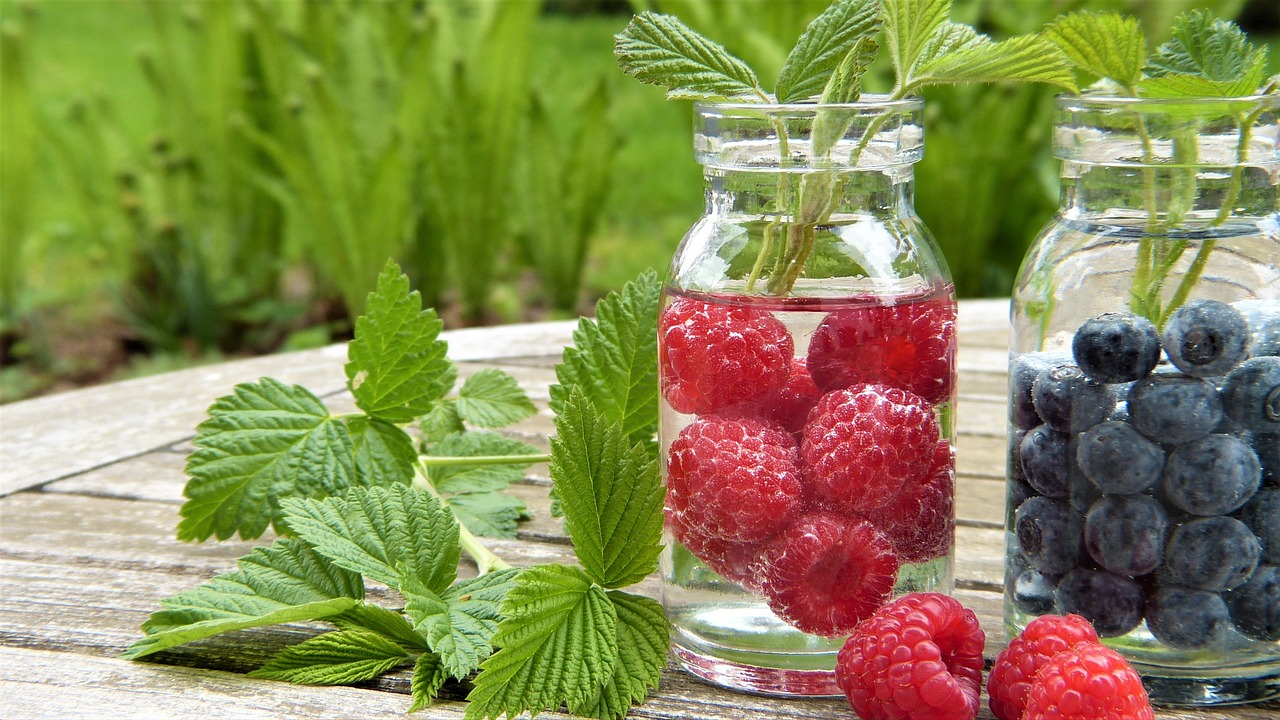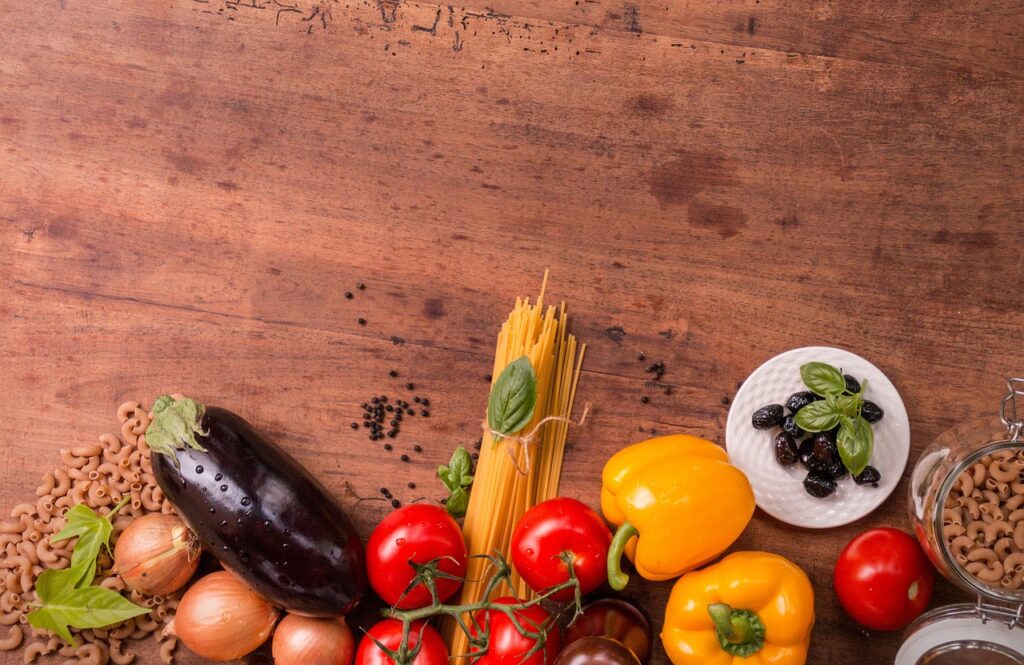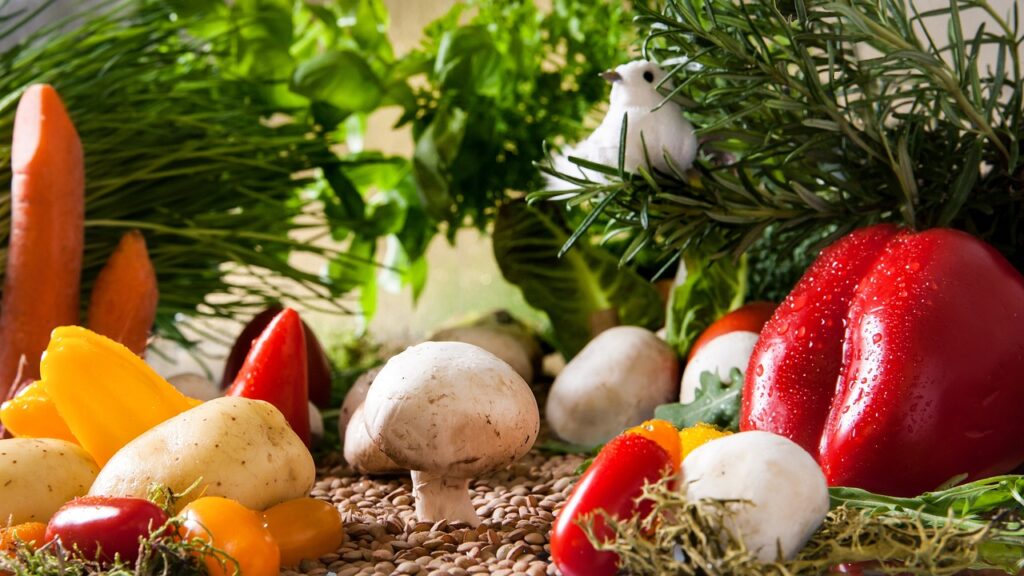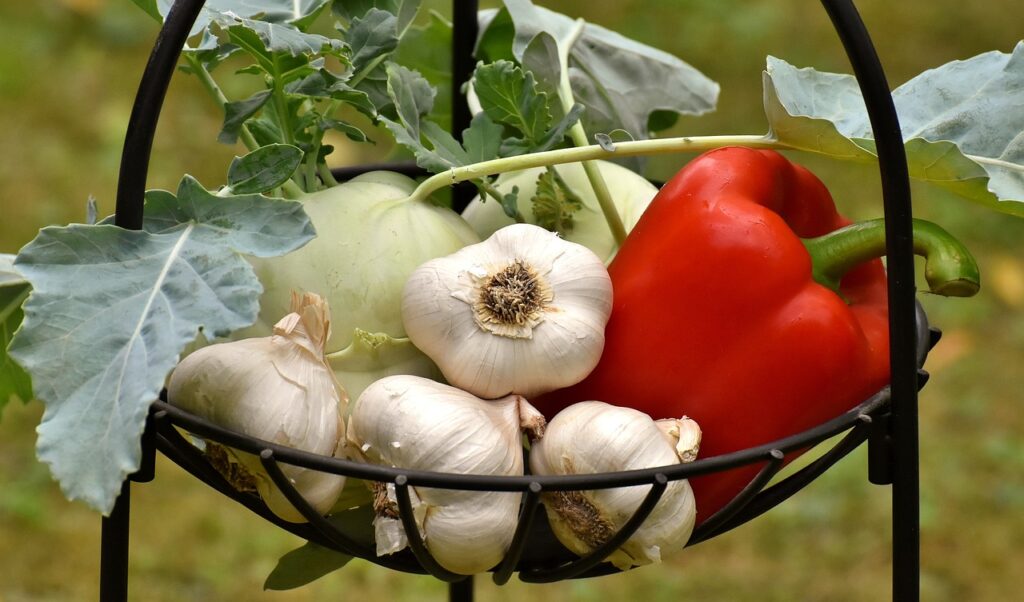Title: Quenching the Green Way: The Ripple Effect of Hydration in Your Raw Lifestyle
Hey hydrators and raw food enthusiasts! Ever considered the ripple effect your hydration choices can have on your raw lifestyle and the planet? Join us in exploring “The Impact of Water Footprint: Hydration Choices in a Raw Lifestyle.” Let’s dive into the refreshing world of mindful sipping, sustainable choices, and the quest for a greener, healthier planet.
Sip and Reflect: Understanding Your Water Footprint
We all know hydration is key, but have you ever paused to ponder your water footprint? Every sip you take contributes to your water footprint – the total amount of freshwater used to produce the goods and services you consume. In your raw lifestyle, where juicy fruits and crisp veggies reign supreme, the water footprint game is strong.
Fruits and Veggies: Juicy Hydration Heroes
Picture this: biting into a succulent watermelon or crunching on crisp cucumber slices. These raw delights are not just hydrating for you; they’re water-saving superheroes. Compared to water-intensive crops, fruits and veggies have a lower water footprint, making them a juicy choice for both your health and the planet.
Hydration with a Twist: Infused Water Elegance
Say goodbye to sugary drinks and hello to the elegance of infused water. Infusing your water with slices of citrus, berries, or mint not only adds a burst of flavor but also encourages you to savor the pure essence of hydration. It’s like turning your water bottle into a spa retreat for your taste buds.
Mindful Sipping: The Art of Savoring Every Drop
In the rush of daily life, it’s easy to gulp down water without a second thought. In your raw lifestyle, embrace mindful sipping. Savor every drop, appreciate the life-giving force in your hands, and let each sip become a moment of gratitude for the water that nourishes your body and the earth.
Reusable Bottles: Sip, Refill, Repeat for Planet Love
Let’s talk about the magic of reusable water bottles. Investing in a durable, reusable bottle is not only a stylish statement but also a powerful move for the planet. Every time you fill up that bottle, you’re saying no to single-use plastics and reducing the demand for energy-intensive manufacturing processes.
Harvest Rainwater: Nature’s Gift to Your Hydration
For the eco-warriors with a green thumb, consider harvesting rainwater. Collecting rainwater is a fantastic way to hydrate your garden and reduce your reliance on treated tap water. It’s like tapping into nature’s own hydration station for both you and your plants.
Tea Time: A Warm Hug with Less Water Footprint
When the chill sets in, opt for a cozy cup of tea. Compared to the water footprint of many beverages, brewing a cup of tea has a smaller impact. Plus, the variety of herbal teas available can add a flavorful twist to your raw lifestyle without a hefty environmental price tag.
Water-Smart Snacking: Hydrate with Hydrating Foods
Make your snacks work double duty by choosing hydrating foods. Munch on water-rich fruits like watermelon, strawberries, and oranges. Snacking smart not only keeps you refreshed but also contributes to your overall hydration, turning every bite into a sip-worthy experience.
Wrapping It Up: Sip, Smile, and Save the Planet Drop by Drop
And there you have it – “The Impact of Water Footprint: Hydration Choices in a Raw Lifestyle.” Your hydration choices are like tiny drops that create ripples, impacting not just your well-being but the health of the planet. So, let’s sip, smile, and save the planet one mindful drop at a time. Here’s to hydrating the green way!
Sustainable Living Exploration:
- Mindful Eating and Sustainability: The Connection between Food Choices and the Planet
- Community Supported Agriculture (CSA): A Sustainable Approach to Raw Eating
- The Impact of Water Footprint: Hydration Choices in a Raw Lifestyle
- Reducing Energy Consumption: Smart Kitchen Practices for Raw Food Enthusiasts
- Ethical Sourcing: Choosing Fair Trade and Sustainable Raw Ingredients
- Seasonal Eating: The Environmental Benefits of Aligning Your Diet with Nature
- Gardening for Raw Food Enthusiasts: Growing Your Ingredients at Home
- Eco-Friendly Packaging: Making Conscious Choices for Raw Food Storage
- From Farm to Fork: The Environmental Impact of Raw Food Choices
- Zero-Waste Kitchen: Tips for Minimizing Food Waste in a Raw Food Lifestyle



